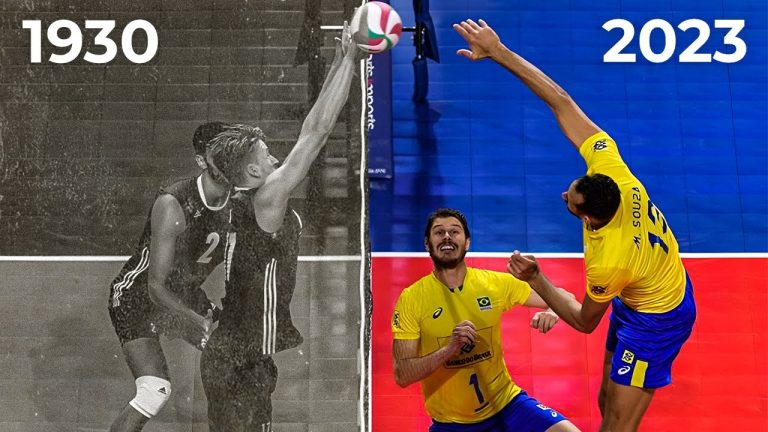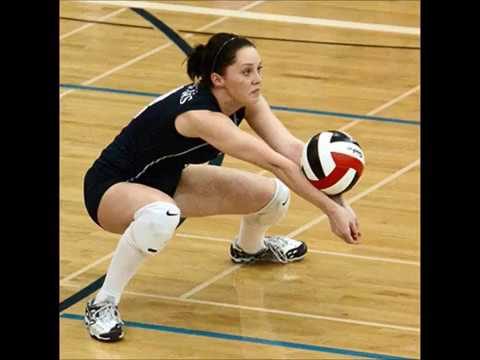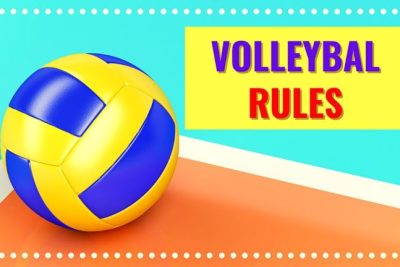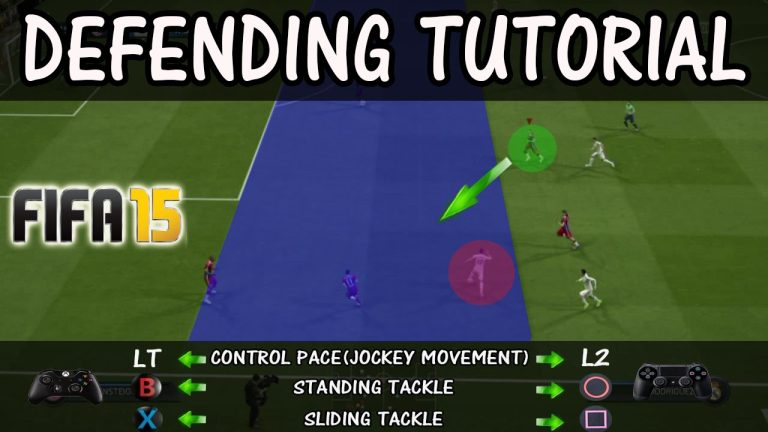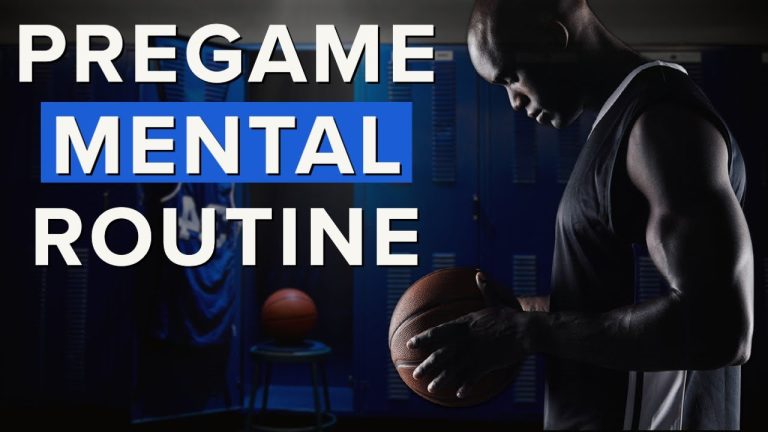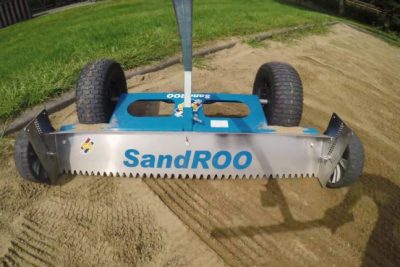
Maintaining a pristine and inviting volleyball court is essential for both safety and a positive playing experience. From regular cleaning to proper net tensioning, attention to detail is crucial to ensure a smooth and enjoyable game. In this article, we will explore the key aspects of volleyball court maintenance, offering practical tips and expert advice to keep your court in top-notch condition. Whether you are a facility manager or a passionate player, these maintenance guidelines will help you create a visually stunning and well-maintained volleyball court that will leave everyone impressed.
How is a sand volleyball court maintained?
To maintain a sand volleyball court, it is crucial to consider your budget and the depth of sand used. If you opt for a shallower depth, be prepared to regularly rake or shovel the sand from the middle of the court back to the sides, especially if the court sees frequent usage. By implementing this maintenance routine once a week or as needed, you can ensure that your court remains in optimal condition for an enjoyable game of volleyball.
How much sand is required for a volleyball court in tons?
If you’re wondering how many tons of sand you’ll need for a volleyball court, we’ve got you covered. By using a simple formula, you can easily calculate the amount of sand required. Just multiply the length, width, and depth of the court in feet, divide the result by 27, and then multiply it by 1.6. This will give you the tonnage of sand needed.
For example, let’s consider a volleyball court that measures approximately 40 x 70 feet with a depth of one foot. Applying the formula, we find that this court requires around 104 yards of sand, which is equivalent to 166 tons. So, if you’re planning to build a court of similar dimensions, make sure to have 166 tons of sand on hand.
By following this straightforward formula, you can accurately determine the amount of sand needed for your volleyball court. Whether you’re a professional or simply setting up a court for recreational purposes, having the right amount of sand is crucial for a smooth and enjoyable game.
What is the required amount of space around a volleyball court?
When setting up a volleyball court, it is crucial to ensure there is ample space surrounding it. According to USA Volleyball and the NCAA, a free space of 6 meters or 20 feet is recommended. This not only allows players to move freely but also minimizes the risk of collisions and injuries. Additionally, if you have multiple courts positioned end line to end line, it is advised to have a wider free space of 9 meters or 29 feet 6 inches. By adhering to these guidelines, you can create a safe and efficient playing environment for volleyball enthusiasts.
Creating a safe and comfortable volleyball court involves more than just the dimensions of the playing area. It is equally important to consider the space around the court. USA Volleyball and the NCAA recommend a free space of 6 meters or 20 feet around the court. This generous allowance ensures that players have enough room to maneuver without hindrance. Not only does it enhance gameplay, but it also prevents potential accidents or injuries. By prioritizing the appropriate space around the court, you can guarantee an enjoyable and safe volleyball experience.
For those planning to set up multiple volleyball courts side by side, it’s crucial to consider the necessary space. According to the recommendations by USA Volleyball and the NCAA, if courts are positioned end line to end line, a wider free space of 9 meters or 29 feet 6 inches is recommended. This additional space between adjacent courts allows for better player movement and reduces the likelihood of interference between games. By adhering to these guidelines, you can ensure that each court has sufficient space to function independently, providing a seamless and enjoyable experience for all participants.
Ace Your Court: Expert Tips for Maintaining Top Volleyball Performance
Ace Your Court: Expert Tips for Maintaining Top Volleyball Performance
Mastering the art of volleyball requires more than just physical strength and skill; it demands a strategic approach both on and off the court. To maintain top performance, athletes must focus on three key elements: training, nutrition, and mental preparation. Firstly, training should encompass a variety of drills that improve agility, power, and coordination. By incorporating exercises that mimic game situations, players can develop their reflexes and decision-making abilities, ultimately enhancing their performance during matches. Secondly, nutrition plays a crucial role in maximizing athletic potential. Fueling the body with a balanced diet rich in lean proteins, complex carbohydrates, and essential vitamins and minerals promotes muscle recovery and sustained energy levels. Lastly, mental preparation is often overlooked but equally vital. Visualizing success, setting achievable goals, and practicing mindfulness techniques can help athletes stay focused, calm, and confident during high-pressure situations. By combining these expert tips into their training regimen, volleyball players can elevate their game and consistently deliver standout performances on the court.
Spike the Competition: Master the Art of Volleyball Court Maintenance
Maintaining a pristine volleyball court is essential for creating the perfect playing environment. With a few expert tips and tricks, you can easily spike the competition when it comes to court maintenance. First, regularly sweeping the court to remove debris and loose dirt ensures a smooth and safe playing surface. Additionally, inspecting and repairing any cracks or uneven areas promptly prevents injuries and enhances the overall quality of the court. Lastly, investing in high-quality line markers and nets not only adds a professional touch but also guarantees accurate boundary lines and a secure net setup. By mastering the art of volleyball court maintenance, you’ll set the stage for epic matches and leave your competitors in awe.
Creating a visually appealing court is just as important as its functionality. To make your volleyball court stand out, consider adding vibrant colors and eye-catching graphics. Painting the court with bold lines and patterns not only enhances its aesthetic appeal but also helps players quickly identify boundaries during fast-paced games. Additionally, incorporating your team’s logo or slogan onto the court adds a personal touch and boosts team spirit. By investing time and effort into the visual aspect of your volleyball court, you’ll not only attract more players but also leave a lasting impression on everyone who steps onto the court.
Proper maintenance of the surrounding area is crucial for an exceptional volleyball court experience. Regularly trimming grass and bushes around the court prevents distractions and ensures a clear view of the game. Providing comfortable seating for spectators and players adds to the overall enjoyment of the match. Additionally, installing sufficient lighting allows for evening games and tournaments, extending the playing time and attracting a wider audience. By going the extra mile to maintain the surrounding area, you’ll create a welcoming and professional atmosphere that will leave a lasting impression on players and spectators alike.
Serving Excellence: Essential Tips for Optimal Volleyball Court Performance
Serving Excellence: Essential Tips for Optimal Volleyball Court Performance
In order to achieve optimal performance on the volleyball court, it is essential to master the art of serving. The serve is the first contact with the ball, setting the tone for the entire game. To serve with excellence, players must focus on three key aspects: technique, accuracy, and strategy. First, mastering the technique is crucial to generate power and precision. A strong and controlled toss, coupled with a powerful arm swing, will ensure a powerful serve that is difficult to receive. Accuracy is equally important, as serving into specific zones can disrupt the opponent’s defense and create scoring opportunities. Finally, having a strategic approach to serving is paramount. Observing the opponent’s weaknesses and adjusting the serve accordingly can put immense pressure on the opposing team. By diligently practicing these essential tips, players can elevate their serving game and contribute to their team’s overall success on the volleyball court.
Set, Bump, and Maintain: The Ultimate Guide to Volleyball Court Care
Set, Bump, and Maintain: The Ultimate Guide to Volleyball Court Care
A well-maintained volleyball court is essential for a smooth and enjoyable game. To achieve this, there are three crucial steps: setting, bumping, and maintaining. First, set the foundation by clearing the court of any debris, such as leaves or twigs, ensuring a safe playing surface. Next, bump up the cleanliness by sweeping the court thoroughly, removing any dust or dirt that may affect player performance. Lastly, maintain the court by regularly checking for cracks or unevenness, repairing any damages promptly to prevent accidents. By following these steps diligently, you will not only enhance the aesthetic appeal of the court but also ensure a safer and more enjoyable playing experience for all.
To ensure the longevity and optimal performance of a volleyball court, proper maintenance is essential. By regularly sweeping the surface, filling in any cracks, and applying a fresh coat of paint, the court will not only appear visually appealing but also provide a safe and enjoyable playing experience for athletes. Additionally, maintaining the surrounding area by trimming vegetation and keeping it free from debris further enhances the overall aesthetics of the court. With these simple yet effective maintenance practices in place, volleyball enthusiasts can continue to enjoy the game on a well-maintained court for years to come.
